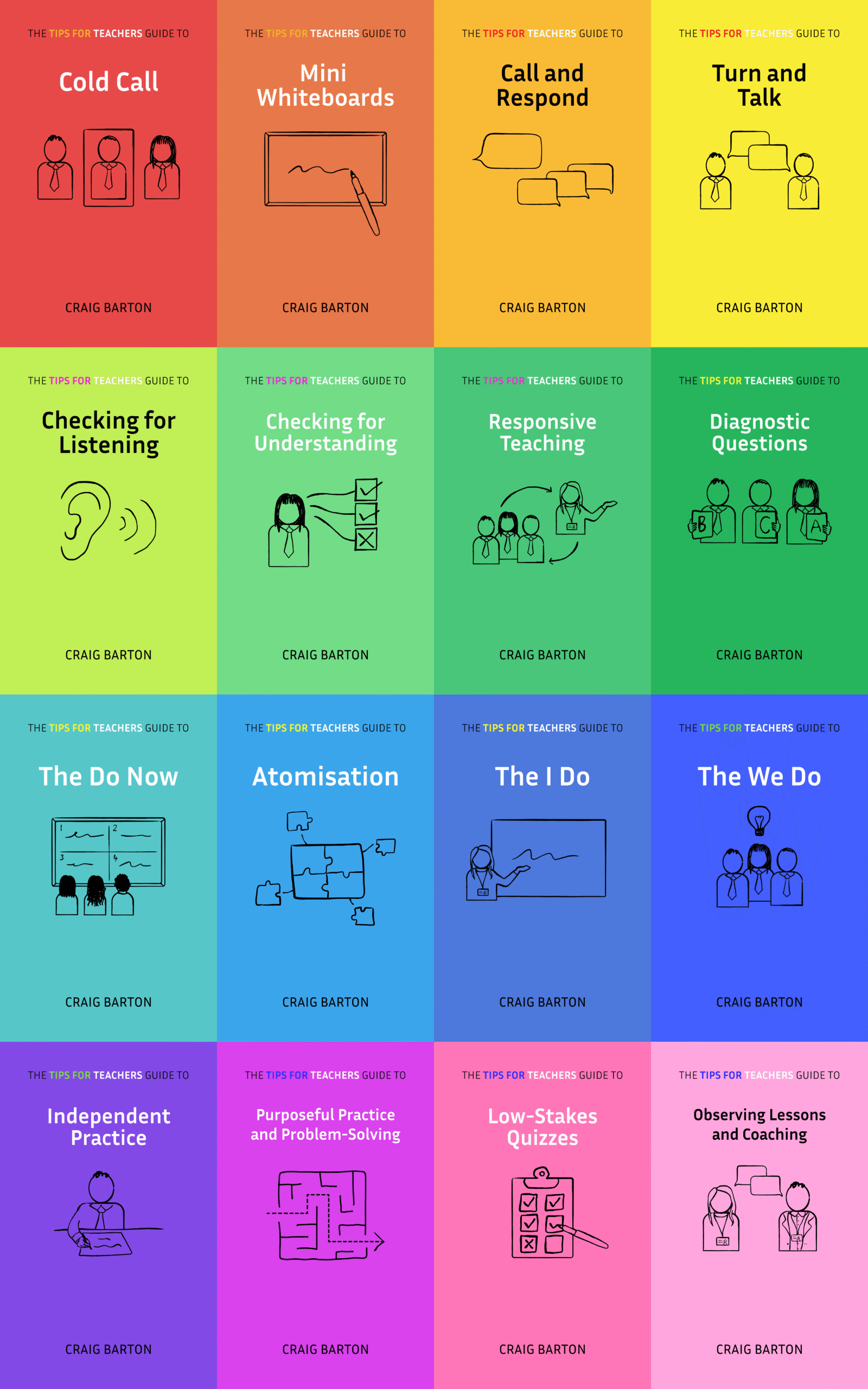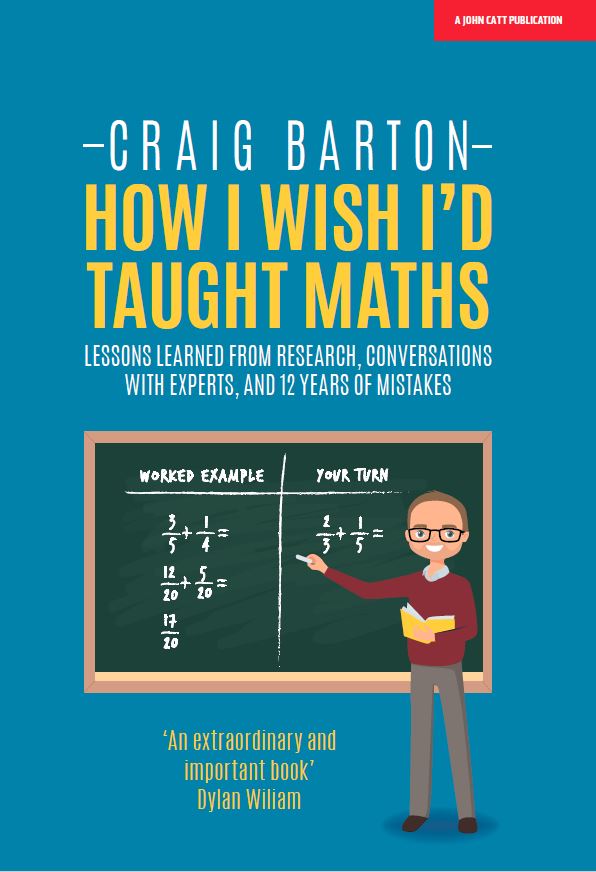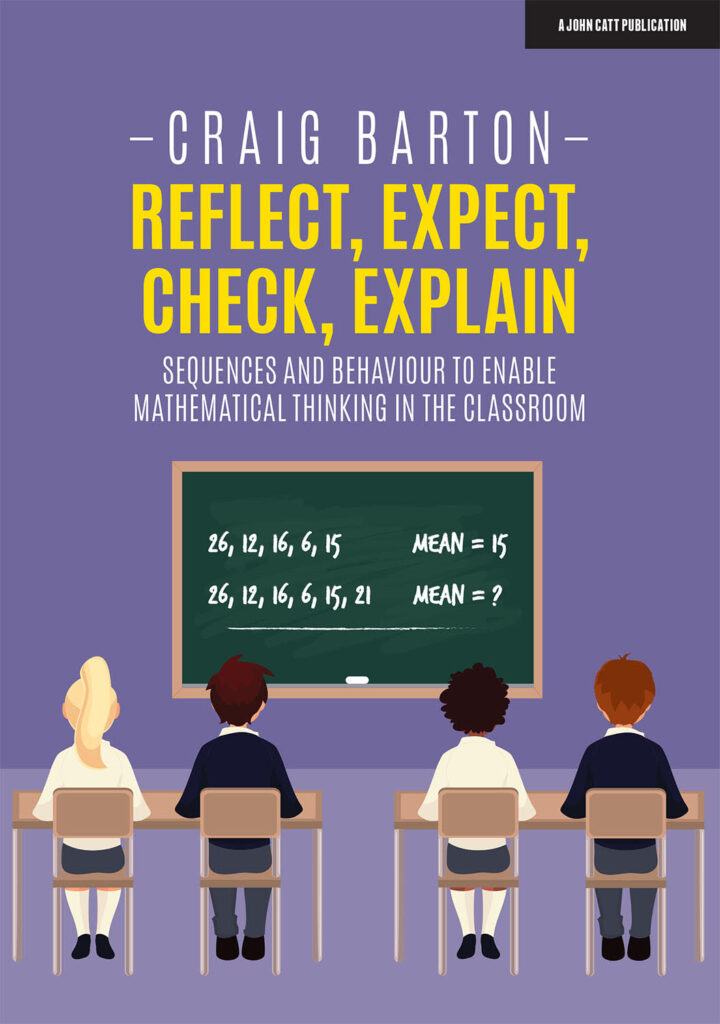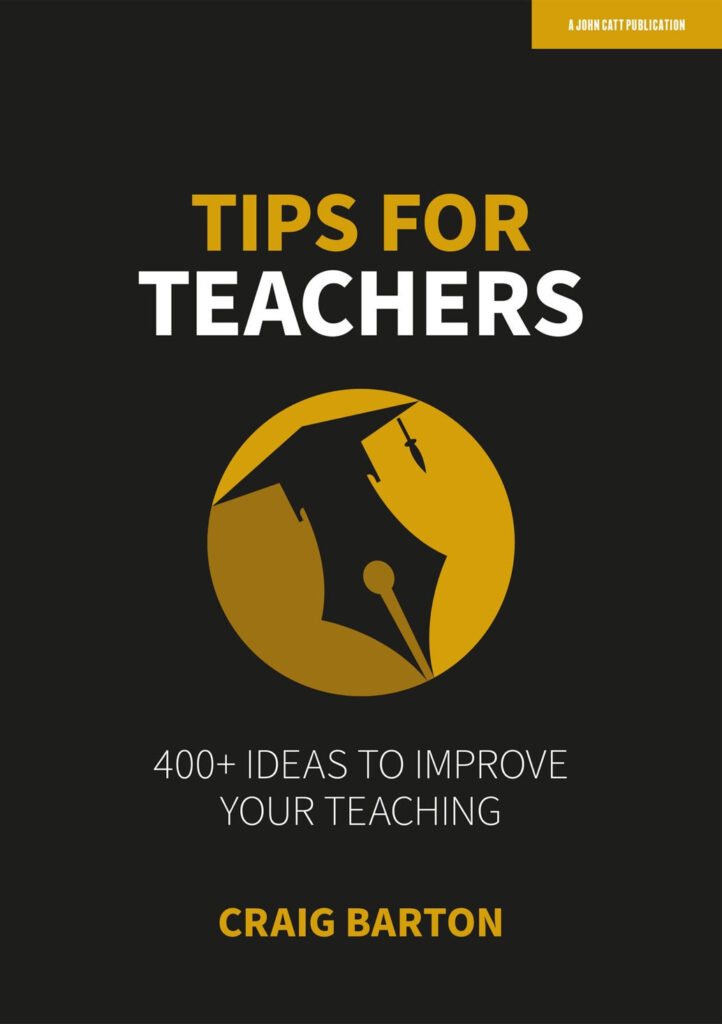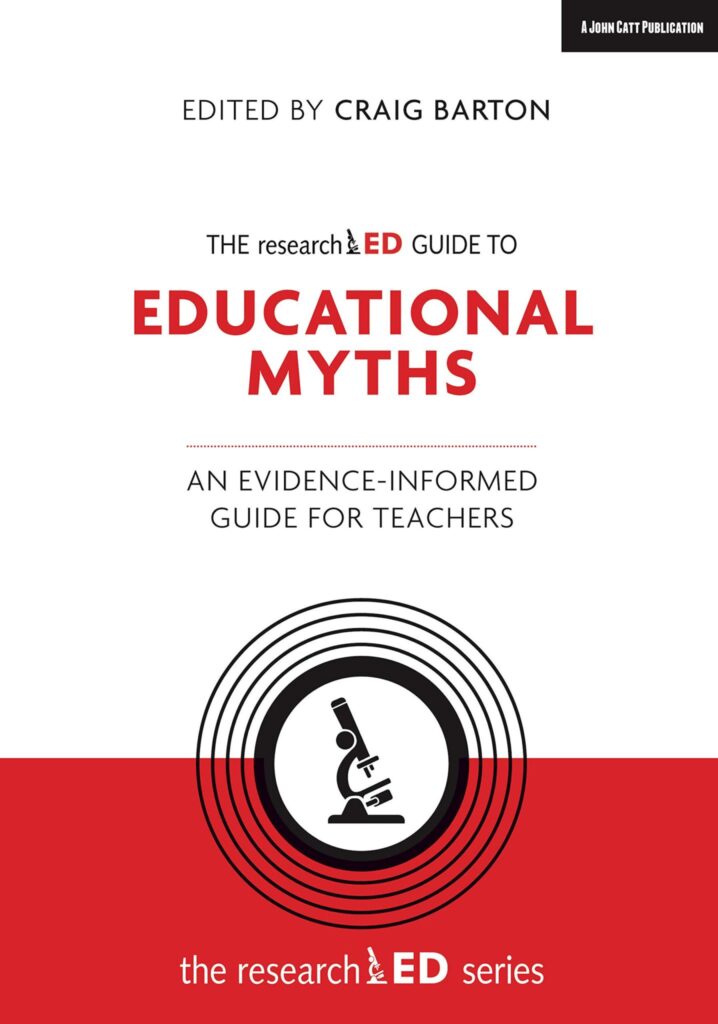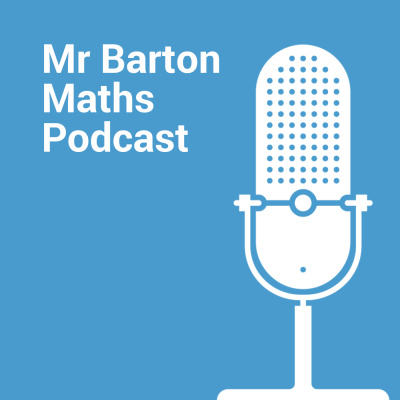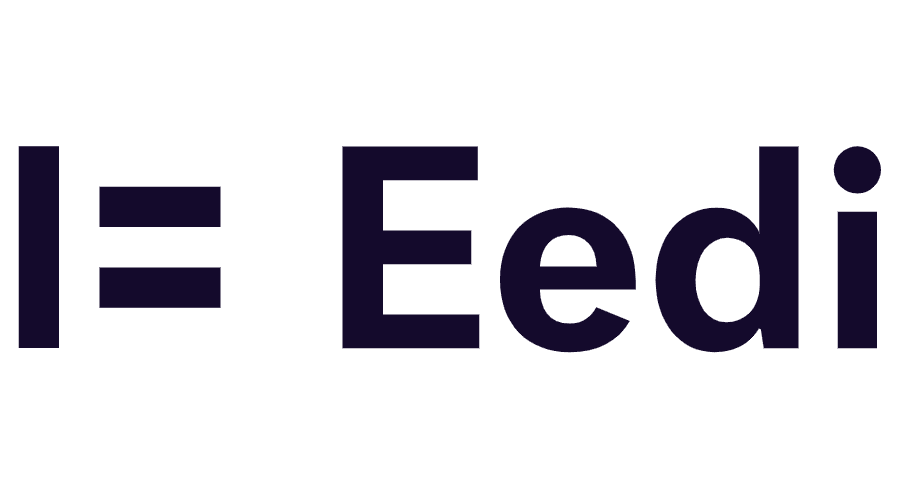
- Title: Learning Styles: Concepts and Evidence
- Authors: Pashler et al
- Access the original paper here
- Listen to a deep-dive podcast:
Paper summary
This article examines the concept of “learning styles,” the idea that individuals learn best through methods tailored to their preferences. The authors investigated whether scientific evidence supports the widespread use of learning-styles assessments in education. Their review of existing literature revealed a lack of robust evidence validating the practice of tailoring instruction to assessed learning styles. They argue that properly designed experiments, demonstrating a specific interaction between learning style and instructional method, are critically missing. The authors suggest that educators should prioritize evidence-based teaching practices over learning-style assessments, but also suggest further research into specific cognitive processes could prove beneficial. The study discusses the importance of using sound research to make decisions about teaching and learning practices.
What are the key implications for teachers in the classroom?
The review of learning styles literature suggests several key implications for teachers in the classroom:
Potential of all students: All humans are born with an astounding capacity to learn. Focus on identifying and introducing the experiences, activities, and challenges that enhance everybody’s learning.
Limited evidence for learning-styles-based instruction: There is currently a lack of scientific evidence to support incorporating learning-styles assessments into general educational practice. The authors of the review were charged with determining whether learning styles practices are supported by scientific evidence and concluded that there was no adequate evidence base to justify incorporating learning-styles assessments into general educational practice.
Focus on evidence-based practices: Limited education resources might be better spent on educational practices that have a strong evidence base.
Individualized instruction: While the idea of tailoring instruction to individual learning styles is appealing, there’s no solid evidence that current learning-styles assessments help in deciding what kind of instruction to offer each student. Optimal instructional methods will often differ between individuals in some respects. Differences in educational backgrounds can be a critical consideration in the optimization of instruction.
Importance of strong research methods: The kind of research that is needed must begin by classifying learners into categories based on clearly specified measures and then randomize learners to receive one of several different instructional treatments.
Aptitude-by-treatment interactions (ATIs): ATIs evidently do occur, but it has not been easy to determine exactly when they occur. A few studies are consistent with the idea that structured instruction produces better learning outcomes for students of lower ability (relative to less structured instruction), whereas less structured instruction produces better learning outcomes for students with higher abilities (relative to structured instruction).
Relevance of testing: Given the capacity of humans to learn, it seems especially important to keep all avenues, options, and aspirations open. The finding that learners’ memory for information or procedures can be directly enhanced through testing is not something that applies to only a small subset of learners but applies to all.
Be aware of beliefs versus evidence: There is growing evidence that people hold beliefs about how they learn that are faulty in various ways, which frequently lead people to manage their own learning and teach others in non-optimal ways.
Quote
At present, there is no adequate evidence base to justify incorporating learning-styles assessments into general educational practice
